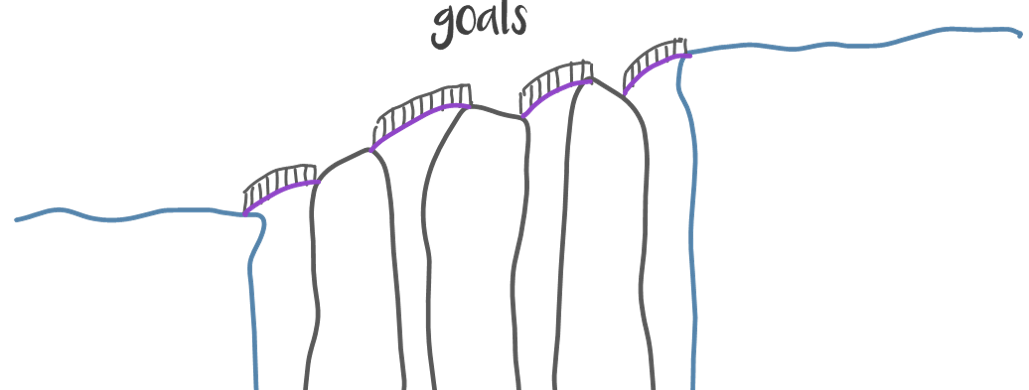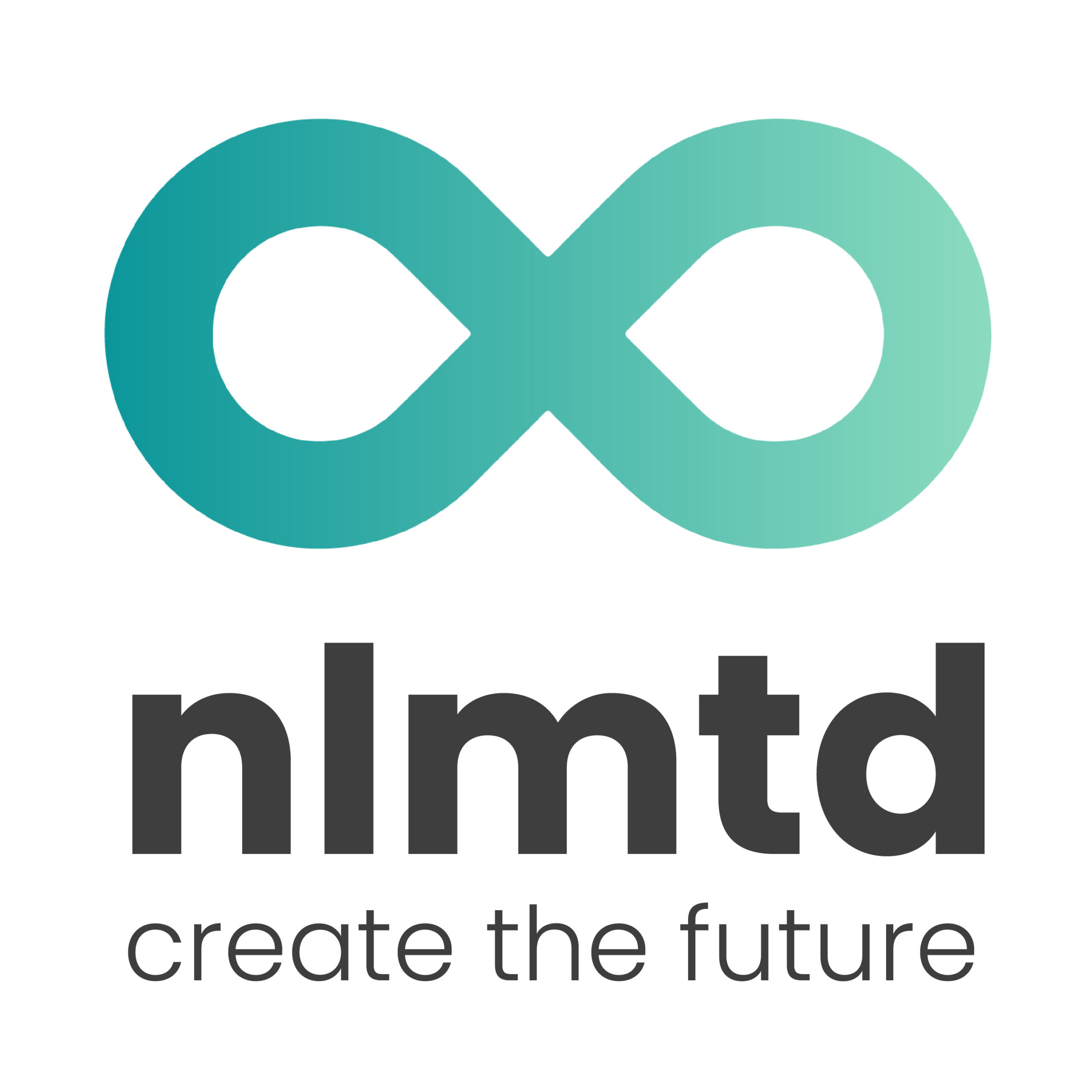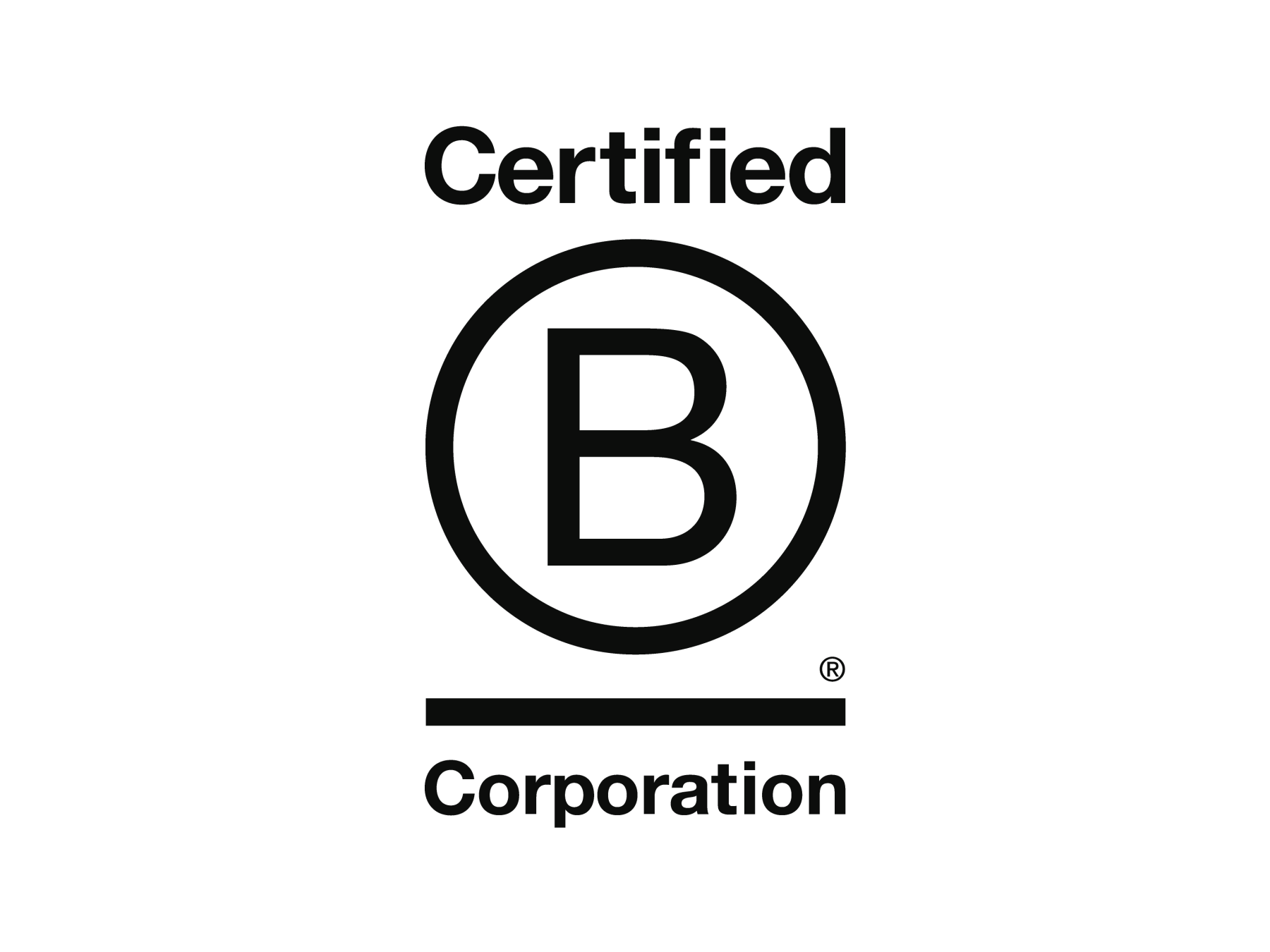Vision, mission, ambition. Target, goal, and KPI. Purpose, aim, objective. There is a plethora of terms being used interchangeably to describe an organization’s aspirations. But with all of these terms being thrown around haphazardly, who’s keeping track of whether they all align? In fact, how are they even developed in the first place, and who ‘owns’ them? Are we sure we are all running in the same direction? And if so, why am I having so much trouble releasing my new product?
Smaller companies or startups often have an unspoken alignment of direction: communication is direct, trust is high and efforts are transparent. But once an organization starts growing, as we are already experiencing within nlmtd, things are less obvious. Especially once you pass the 150 employee mark, things become fuzzy. So how do you make sure all your different target models still use the same compass? How do you ensure ownerships sticks with the right people?
To create order out of this chaos, I use what I like to call the purpose pyramid. Basically, it’s a very simple framework that helps me manage the different targets and aspirations within organizations, making sure they are formulated at the right level of abstraction, and are properly associated with one another. I use it as a cheat sheet when someone is throwing targets at me, allowing me to not only ask the why?-question, but also being able to check their answers against the overall pyramid of the organization.

This post will take you through the purpose pyramid step by step, starting with Purpose, then moving down towards Vision, Ambitions and Goals. As you will notice, the level of abstraction is what distinguishes the different levels of the pyramid, becoming more tangible as you decline. At the same time, you’ll recognize the pyramid shape, as each level breaks down into multiple underlying sub-levels. Whether it is to validate your current Goals (working upwards) or to create them (working downwards), I’d like to challenge you to map your organization on this simple framework.
It all starts with a Purpose
All around the pyramid, is your Purpose (some companies prefer to work with a Why, a Raison D’être, or a Just Cause – although not identical, they are variations on the same theme). A well-formulated Purpose is infinite, which is to say it is an organization’s ongoing light of guidance, and there is no way to ‘win’ or ‘finish’ a Purpose. In fact, if you managed to complete your Purpose, it was probably not adequately defined in the first place. Often, you will see this comes down to the impact you wish to make on the world, your employees and your customers.
Although at corporates, a Purpose is likely defined by upper management, it is something that every employee should breathe. It’s what ignites their pride and their motivation to go beyond the bare minimum. But while it speaks to internal employees, a Purpose is also what drives external forces, particularly shareholders, customers and future employees. This is why you may notice that organizations that have a well-defined Purpose will communicate it regularly – because it is a mindset they want to be associated with – while organizations with vague or vanity Purposes often hide them away in an HR manual.
Often heard criticism is that Purposes are fluffy, hollow or vague. However, a good Purpose is not vague, it is effectively abstract. And the purpose pyramid is a structure to translate that abstraction into workable action, moving downwards from abstract views to concrete goals.
Creating your Vision
At the very top of the pyramid, is your vision. In short, a vision is how you see your organization in the future. It closes in on what your business will be and how you wish to operate it. It’s about taking your eyes off the wheel, looking at the road ahead of you and trying to make out your destination. This makes it a long term target, although it is possible to adjust a vision after a few years, if necessary.

An organization should have only one vision. Once you start working with multiple visions, either your business will start to split, or employees will lose focus. A clearly stated and communicated vision, on the other hand, gives your employees a touchstone for current and future projects. Sharing a common aspiration will uncover the gaps in your organization, and once people recognize and acknowledge those gaps, they will be inclined to create bridges. That’s where the Ambitions step in.
Developing your Ambitions
Once you have sketched out your destination, it’s time to look at the roads that can get you there. Ask yourself the question: “what would I need to achieve in order to reach my vision?”. It is about identifying the gaps between vision and reality and designing the bridges to cross them. Usually, this will lead to a handful of Ambitions, which together work towards your vision. That’s why for every ambition, the answer to the question ‘why?’ should be your vision.

The purpose pyramid also relates to your organizational structure. Where development of the Purpose and Vision may be primarily led by the boardroom, Ambitions are developed at a lower level: by the people that manage the operational part of your organization. This makes sense, because it is no longer a question of where we want to go (that is our vision), it is now a question of how we can get there. Ambitions continue to be owned by these operational managers, as they are large-scale challenges that will typically last for a few years.
In this article, I zoom in on Ambitions, and explain why it is so important to make them ‘shared’ and ‘measurable’ to jumpstart your innovation efforts.
Uncovering your Goals
After you have managed to get your Purpose, Vision and Ambitions aligned, it’s up to everyone in the organization to start realizing those Ambitions. This is where goals come into play. Goals are finite, SMART targets that challenge us to meet deadlines and milestones. Just like an issue tree: your vision will expand into multiple ambitions, and in turn, your ambitions expand into more explicit goals. So how do we uncover these goals? By investigating.

Whether you have a centralized innovation team or decentralized innovation networks, their goal should be to realize the Ambitions of the organization. Most proven innovation methods start with analyzing the situation, asking the question: “If our ambition is X, why are we not there yet?”. This research (observation combined with qualitative and quantitative data) will uncover our problems and opportunities, which we can then prioritize (e.g. impact/effort) to determine our short term Goals.
This might seem self-explanatory, but this is where many organizations drop the ball. Upper management sometimes believe they are knowledgeable enough to hand you a list of goals. Goals cannot and should not be created in the board room. Both because management is often unaware of the relevant problems and opportunities, and because it keeps ownership of Goals at management level, instead of trusting them with the colleagues that you want to empower. Goals should be created and managed by innovation teams and/or operational teams.
Another common mistake is made by (innovation) teams that are handed ambitions and start brainstorming before performing solid research to break the ambitions down into goals. The biggest risk here is that you might see improvement towards your Ambition, but you are leaving the biggest levers untouched. Break down your problems, find your bottle necks, set your goals.
Where to start?
Filling in your purpose pyramid is not an exercise for the Friday standup, or a board room retreat. It is about aligning the heart and soul of your company, about choosing direction and about placing trust in your colleagues. It is a process that not only takes time, but one that continuously adapts, the further down the pyramid you go. It is the abstraction of the upper levels, that allow the lower levels to adapt to changing conditions, surroundings and markets.
Asking ‘Why?’ remains vital to ensure you are moving in the right direction, and it’s all about recognizing the appropriate level of abstraction required to move forward. Especially your Ambitions need to be formulated at the right level of abstraction, because it is where your vision is translated into direction. Ambitions are the ‘why’ of your Goals, and play a fundamental role in creating valuable and usable innovations. To shed some light on specifically how Ambitions can drive innovation, check out this follow up article.
If you have any questions about creating your purpose pyramid, and using it to empower your innovation teams, feel free to reach out to me, or one of my colleagues at nlmtd.





